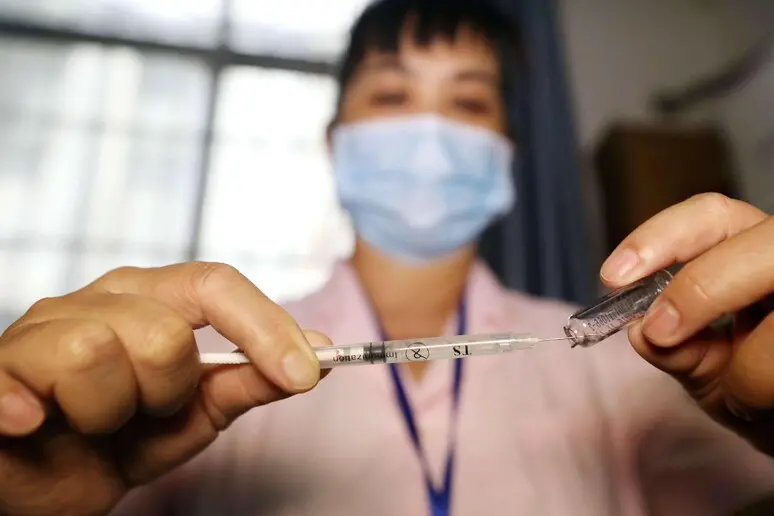Whooping cough, the never-ending story: European epidemic alert for a disease that has never disappeared
Its incidence has recently increased(photo Ansa symbol)
Per restare aggiornato entra nel nostro canale Whatsapp
“The return of whooping cough”: this is the headline of the main media in the world. In reality, it has never disappeared, being endemic in our geographical areas. However, its incidence has recently increased.
It is an infectious disease that affects all ages, but with higher frequency in children under 5 years of age. It is caused by the bacterium Bordetella pertussis , transmitted by the respiratory route from a sick person.
After an incubation period of approximately 10 days, the patient presents fever, abundant nasal secretions, and mild or moderate cough for 7-14 days. This initial phase is followed by another dominated by convulsive cough, which can persist for up to 60 days in the absence of antibiotic therapy. Serious clinical complications may occur in the paroxysmal phase of cough, such as ocular and nasal hemorrhages, ear infections, pneumonia, convulsions, and encephalitis. In the most serious cases it can lead to death.
The immunity conferred by the infection is not permanent, but tends to weaken over time, thus making the subject susceptible to new infections. Significant epidemics occur every three to five years.
After limited circulation during the Covid-19 pandemic, more than 25,000 cases of the disease were reported in 2023 and more than 32,000 in the period January-March 2024, mostly in infants and adolescents. Moderate risk of disease has also been identified for the elderly and for COPD, asthma and immunosuppressed patients.
This epidemic resurgence has multiple causes: high number of unvaccinated subjects, lack of circulation of the bacterium during the Covid-19 pandemic, decline in immunity in some segments of the population.
For the European Union health leaders (ECDC), to substantially change the current epidemiological picture, it is necessary to achieve and sustain high vaccination coverage through the timely completion of the primary vaccination cycle and subsequent boosters, in particular by recommending the maternal immunization to reduce neonatal mortality. (Photo Ministry of Health)
